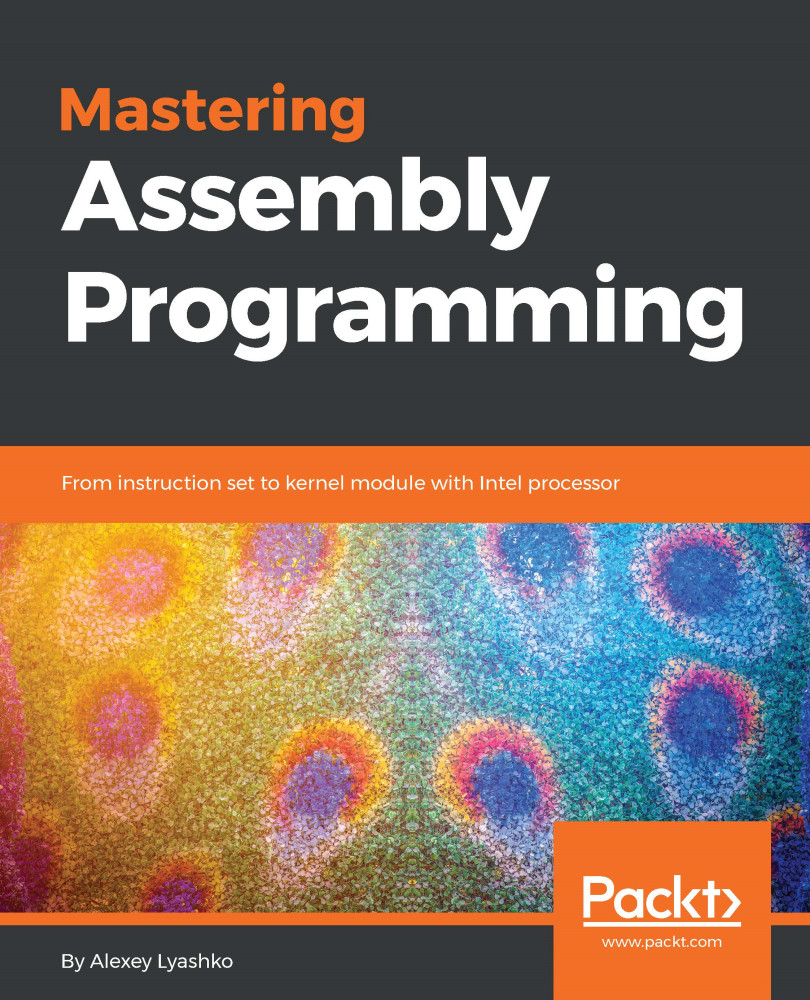In this chapter, we covered just a few aspects of interfacing your Assembly code to the outer world. There are numerous programming languages out there; however, a decision was taken to concentrate on C/C++ and the .NET platform as the best way to illustrate how modules written in Assembly language may be bound to the code written in high-level languages. To put it simply, any language that is compiled into native code would use the same mechanism as C and C++; on the other hand, any .NET-like platform, although, having a platform-specific binding mechanism, would use the same approach on a low level.
However, I assume that there is one question hanging in the air. How about linking third-party code to our Assembly program? Although the title of this chapter may have implied that this topic is included, it would make much more sense to cover it in the next chapter as the...


